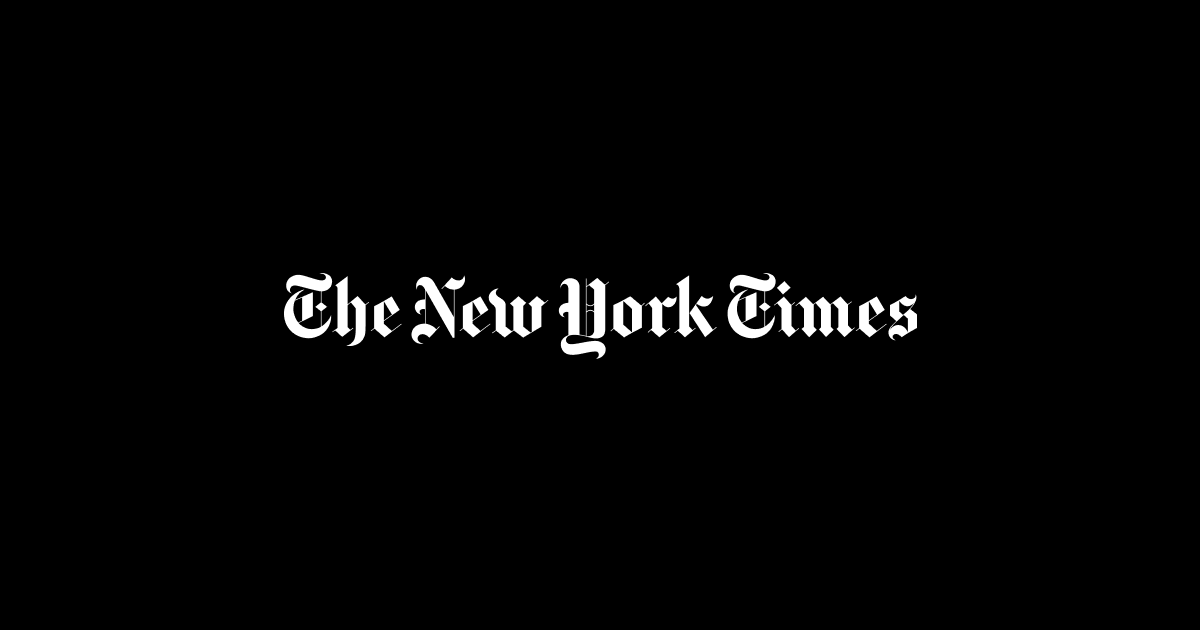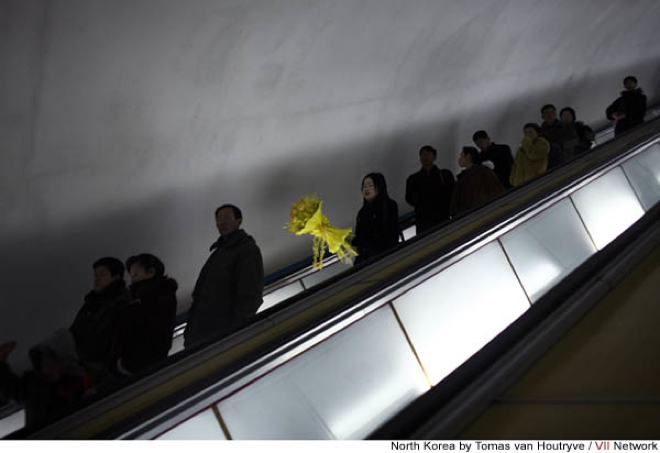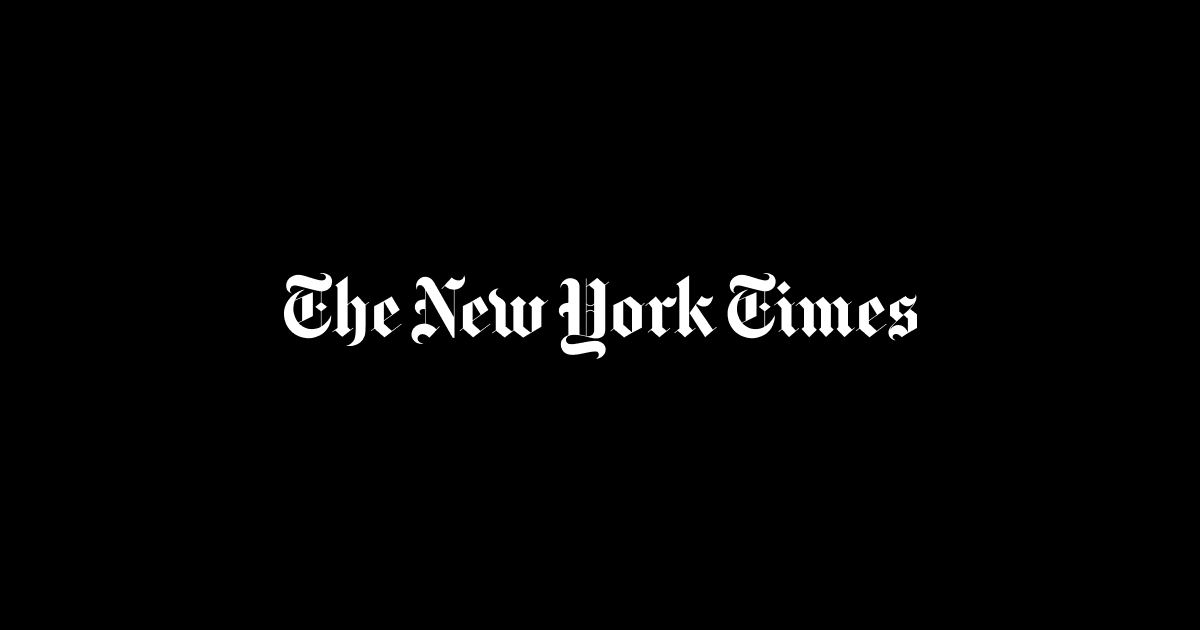Thinking about 9/11:
Would Americans have reacted less violently to our most disturbing day if we’d been allowed to see photographs of its most disturbing aspects?
Thinking about 9/11:
Would Americans have reacted less violently to our most disturbing day if we’d been allowed to see photographs of its most disturbing aspects?
“You want to save it, you should niche it”. From old timers stock gurus to young green microstock expert, they all tell the same tale of potential success : dig yourself into a deep hole where no one else can reach you and stay there.
Link: Thoughts of a Bohemian » Blog Archive » The Caveman Dilemna
travel photographer
Link: http://thetravelphotographer.blogspot.com/2010/10/amira-al-sharif-call-for-photo-backers.html
North Korea is in the midst of a series of large-scale events designed to both commemorate the 65th anniversary of the founding of its ruling Workers’ Party, and to introduce heir apparent Kim Jong Un to the North Korean people and the world. Current leader Kim Jong Il is now 69 years old and ailing, and has now positioned his twenty-something son, Kim Jong Un, as his successor through recent military and party promotions, and through media coverage of him by his father’s side. Many western reporters were invited to these performances, though their freedom to cover events was still limited by minders. Collected here are images from the recent highly-orchestrated events in Pyongyang, and the “young general” Kim Jong Un. (33 photos total)
Maybe it sounds counterproductive, but, I don’t set big goals on internships. For me, every assignment is it’s own goal. When I’m shooting, I’m never just watching the action. I’m constantly thinking about what would make a better image.
Link: The Visual Student » Internship Perspective: Indianapolis Star
I told the Geekfest gathering last week that I think photojournalism is stronger than it ever has been. What is dead is the business model that has supported good, but mostly bad, photojournalism for several decades.
Link: Nearly departed? – Blog – Picture Editor : Photography Consultant : Mentor : Mike Davis
Photography has always been associated with death. The French painter Paul Delaroche is supposed to have proclaimed, “From today, painting is dead” after he saw his first daguerreotype. Whatever the provenance of that quote, miniature portrait painting wa
via David Campbell: http://www.david-campbell.org/2010/10/05/dead-or-alive-the-state-of-photojournalism/
That fact that as a practice, as a mode of information, photojournalism and documentary photography is very much alive is because over the last fifty years it has not tied its entire future to modes of distribution that are now undergoing revolutionary changes. That future has many challenges, but it is a future that has already moved well beyond the fortunes of newspapers and magazines.
A question recently was posted on the SportsShooter.com message board of “How has technology affected photojournalism” with the theory being that technology has removed some of the limitations giving photographers more time to work a scenario and focus on their images before deadline.
As always, a question such as this starts the “back in the day” thoughts and comments from those old enough to remember.
Link: Ask Sports Shooter: How has technology affected photojournalism?
I don’t want a job as a photographer. I want a career in visual storytelling. The University of Florida’s college of journalism, a summer fellowship at Poynter and numerous wonderful workshops have cemented into my brain a solid core of journalistic and technical principles. But I wasn’t comfortable regarding when to be literal and when to be figurative in my photography.
Link: Intern Diaries
As the joint photo/multimedia intern at the Newark Star-Ledger, I was presented with a front row seat to the advancing decline of the traditional newspaper industry. I also received a hopeful glimpse as to what the future of journalism may hold.
Some of you will have been following the debate about why JF Leroy (Director of the Visa Pour L’Image Festival) has…
via duckrabbit: http://duckrabbit.info/blog/2010/10/jf-leroy-i-am-listening/
Mr Leroy complains that duckrabbit has ‘slandered‘ both himself and the photographers who appeared at the festival. Of course technically it’s not possible to ‘slander’ Mr Leroy because slander is spoken, not written, but I think we can all get his point. You can be the judge of whether this debate was worth having and whether, given the evidence and opinion presented both by duckrabbit and Mr Leroy, our response to the attack on Morel was justified.
Journalism is dependent on asking questions. It was not duckrabbit but William Klein who suggested that Visa resembles ‘a festival of shanty towns without context.’
If people have concrete ideas as to how to make anything at Visa or around Visa better, more engaging, more…
via duckrabbit: http://duckrabbit.info/blog/2010/10/submit-your-thoughtsideas-on-the-visa-pour-limage-festival-here/
Abdollah Momeni, a former student leader, described in vivid detail in a recent letter how he was brutally beaten dozens of times by his interrogators, kept for weeks in a tomb-like cell and forced to confess to crimes he says he did not commit.
“All this treatment is carried out in the framework of a religious regime, justified by claims of protecting the state,”
I walked into a bar with my camera. I had my iPhone. Not a Holga. That would have been the trifecta. To save face, I did walk in there with a sizable posse of other photojournalists, visual artists, and editors during this past weekend’s Geekfest in St. Petersburg. For those that don’t know, Geekfest is a weekend of photo juiciness and inspiration put on by aphototday.org founder, Melissa Lyttle (above).
Link: so a geek, an iPhone, and a 5d walk into a bar | Redlights and Redeyes
In “Images of War, Finally Unpacked,” Holland Cotter reviews an exhibition called “The Mexican Suitcase” at the International Center of Photography in New York, which documents wartime life in Spain between 1936 and 1939 through the eyes of three photographers — Robert Capa, Gerda Taro and David Seymour (Chim) — in images no one seems to have seen for more than a half century.

“The Mexican Suitcase” at the International Center of Photography features recently recovered images of the Spanish Civil War by Robert Capa, Gerda Taro and David Seymour.
Link: http://www.nytimes.com/2010/09/24/arts/design/24suitcase.html?_r=1&partner=rss&emc=rss
After all these years I’ve found some answers to my question in an exhibition called “The Mexican Suitcase” at the International Center of Photography. The show documents wartime life in Spain between 1936 and 1939 from an insider-outsider vantage: through the eyes of three photographers — Robert Capa, Gerda Taro and David Seymour, known as Chim — who were not Spanish but who were intensely committed to what they saw as a do-or-die anti-fascist struggle.

via WIRED: http://www.wired.com/rawfile/2010/09/new-web-platforms-make-it-easy-for-you-to-fund-photojournalism/
journalists and creatives are rethinking revenue streams. Two innovative platforms, Emphas.is and Flattr have arrived on the scene to help fund photojournalists’ work. Both platforms connect creator and consumer, providing feel-good empowerment to consumers and monetary support for creators.

James Estrin believes Luceo Images is a vibrant rebuttal to the notion floated by Neil Burgess that photojournalism died last month.
via Lens Blog: http://lens.blogs.nytimes.com/2010/09/14/if-photojournalism-is-dead-whats-luceo/
I realized that the success of Luceo is a very good rebuttal to those who believe photojournalism is dead. David Walter Banks, Kendrick Brinson, Matt Eich, Kevin German, Daryl Peveto and Matt Slaby are carefully laying plans for careers of 30 to 40 more years. They are all busy with assignments and working on personal projects. They look at the same circumstances Mr. Burgess did and come to an entirely different conclusion.
Photojournalists can find themselves in some of the most dangerous places on Earth, but sometimes the hardest part of their job can be just to maintain a personal life. Olivier Laban-Mattei talks of his experience, weeks after leaving Agence France Presse to pursue a career as an independent photographer
Link: Starting from scratch – British Journal of Photography

After 50 years, Bruce Davidson’s photos still click. Jim Lewis meets the man behind “Brooklyn Gang.”
Link: http://www.nytimes.com/2010/09/12/t-magazine/12talk-davidson-t.html?partner=rss&emc=rss
‘They treated me like an invisible man,” Bruce Davidson told me. “I was a shadow.”
He was sitting in the living room of a large, tony Upper West Side apartment building with a courtyard — the fruit of a long and very distinguished career in American photography — and was talking about something that happened more than a half century ago. In 1959, he spent 11 months shooting a stunning portfolio of the members of a Brooklyn gang called the Jokers, producing one of the first full-immersion photo essays about an American youth subculture.